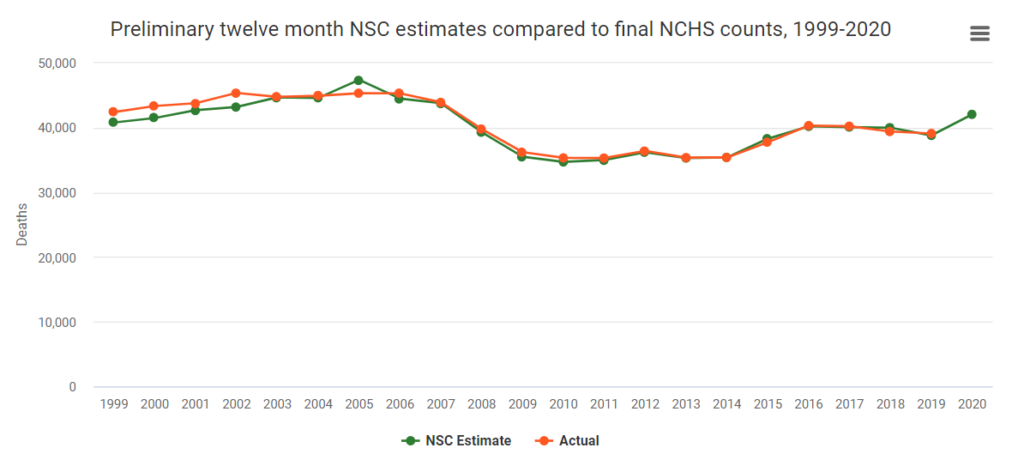Excerpt:
Tesla Inc. is readying a major upgrade of its driver-assistance software but the top federal crash investigator says the move might be premature.
Chief Executive Elon Musk said last week that drivers would soon be able to request an enhanced version of what Tesla calls its “Full Self-Driving Capability.” The upgrade is expected to add a feature intended to help vehicles navigate cities, expanding the suite of driver-assistance tools that had been designed mainly for highways.
Despite its name, Full Self-Driving doesn’t make cars fully autonomous, and Tesla instructs drivers to remain alert, with their hands on the wheel.
Jennifer Homendy, the new head of the National Transportation Safety Board, said Tesla shouldn’t roll out the city-driving tool before addressing what the agency views as safety deficiencies in the company’s technology. The NTSB, which investigates crashes and issues safety recommendations though it has no regulatory authority, has urged Tesla to clamp down on how drivers are able to use the company’s driver-assistance tools.
Author(s): Rebecca Elliott
Publication Date: 19 Sept 2021
Publication Site: WSJ



